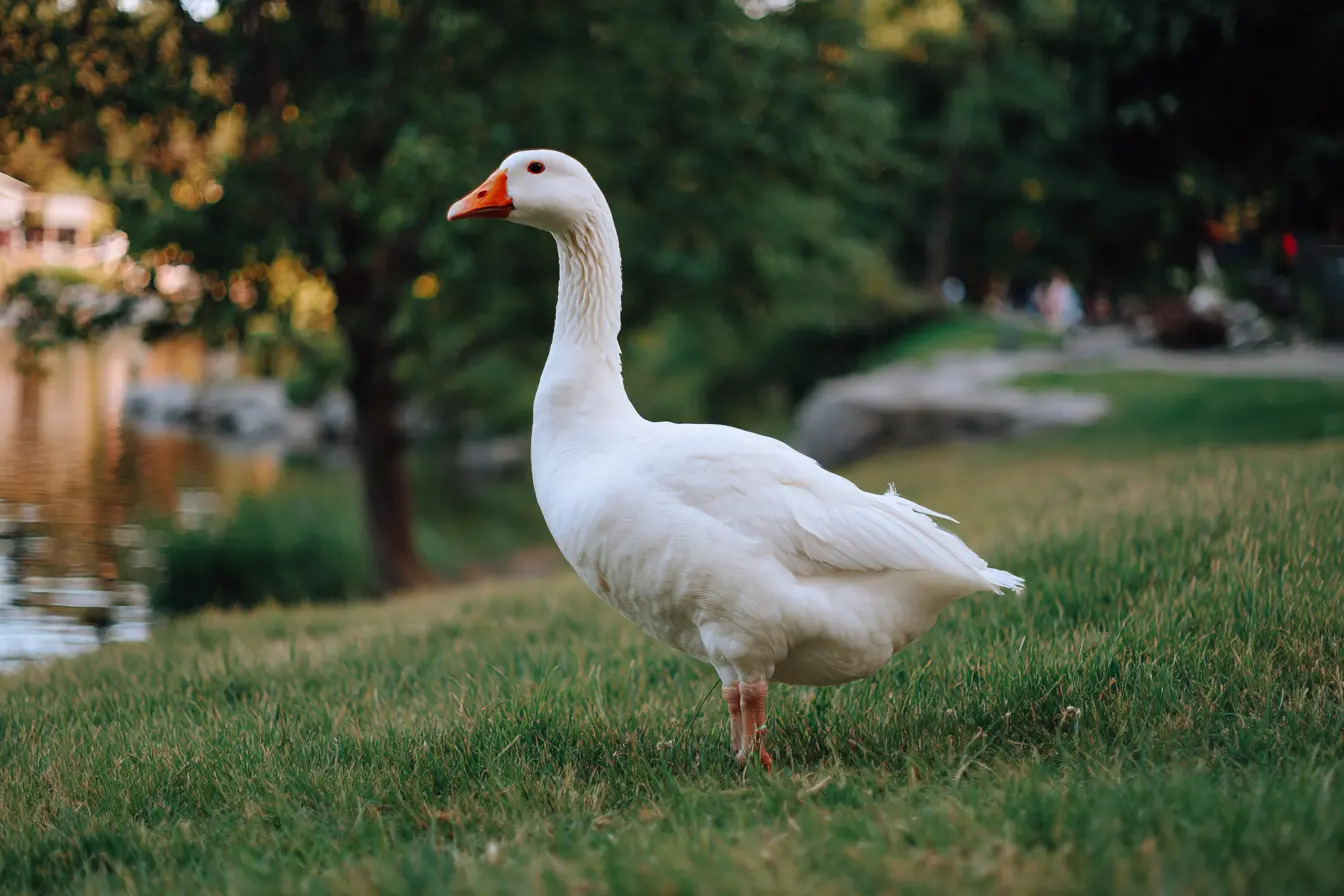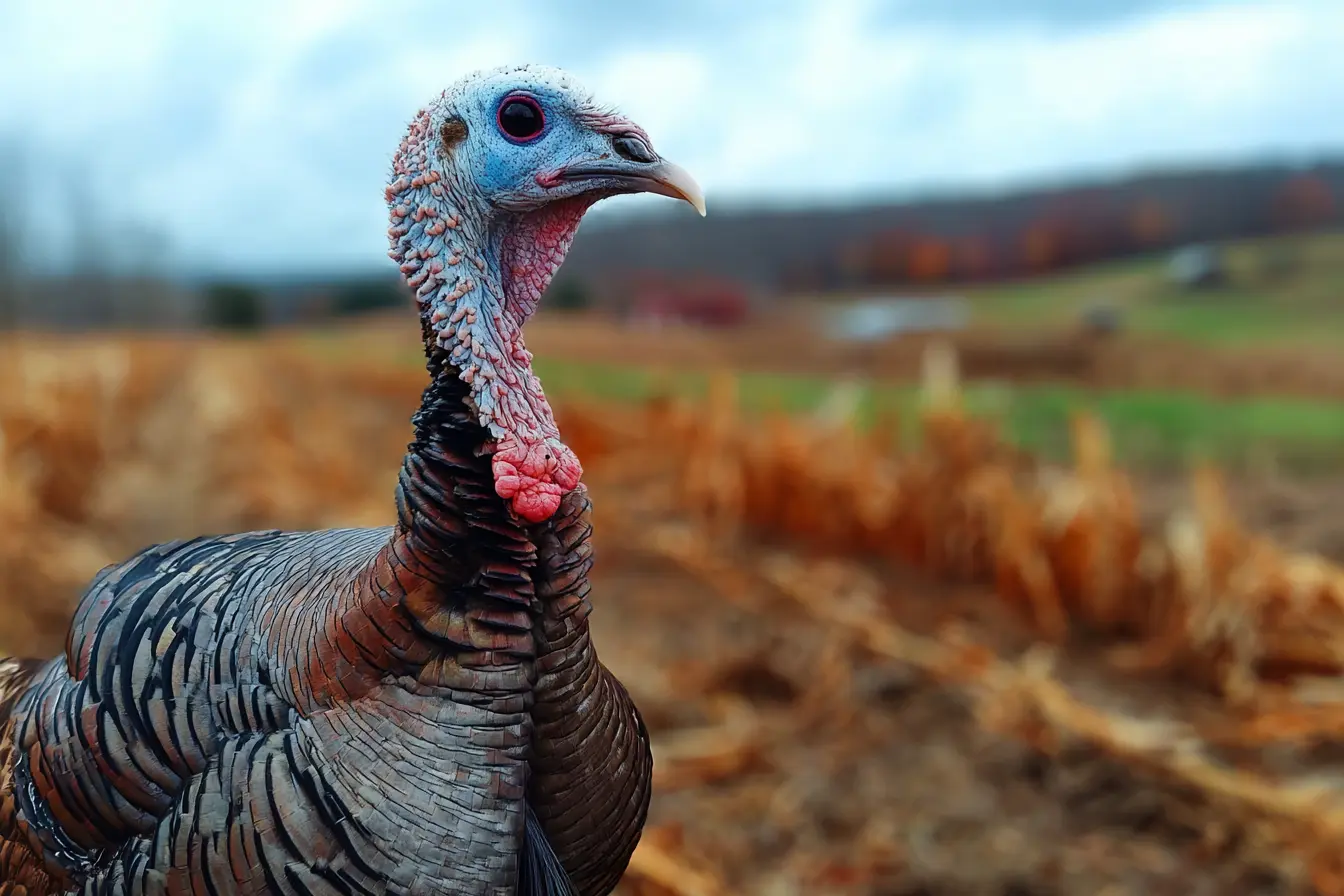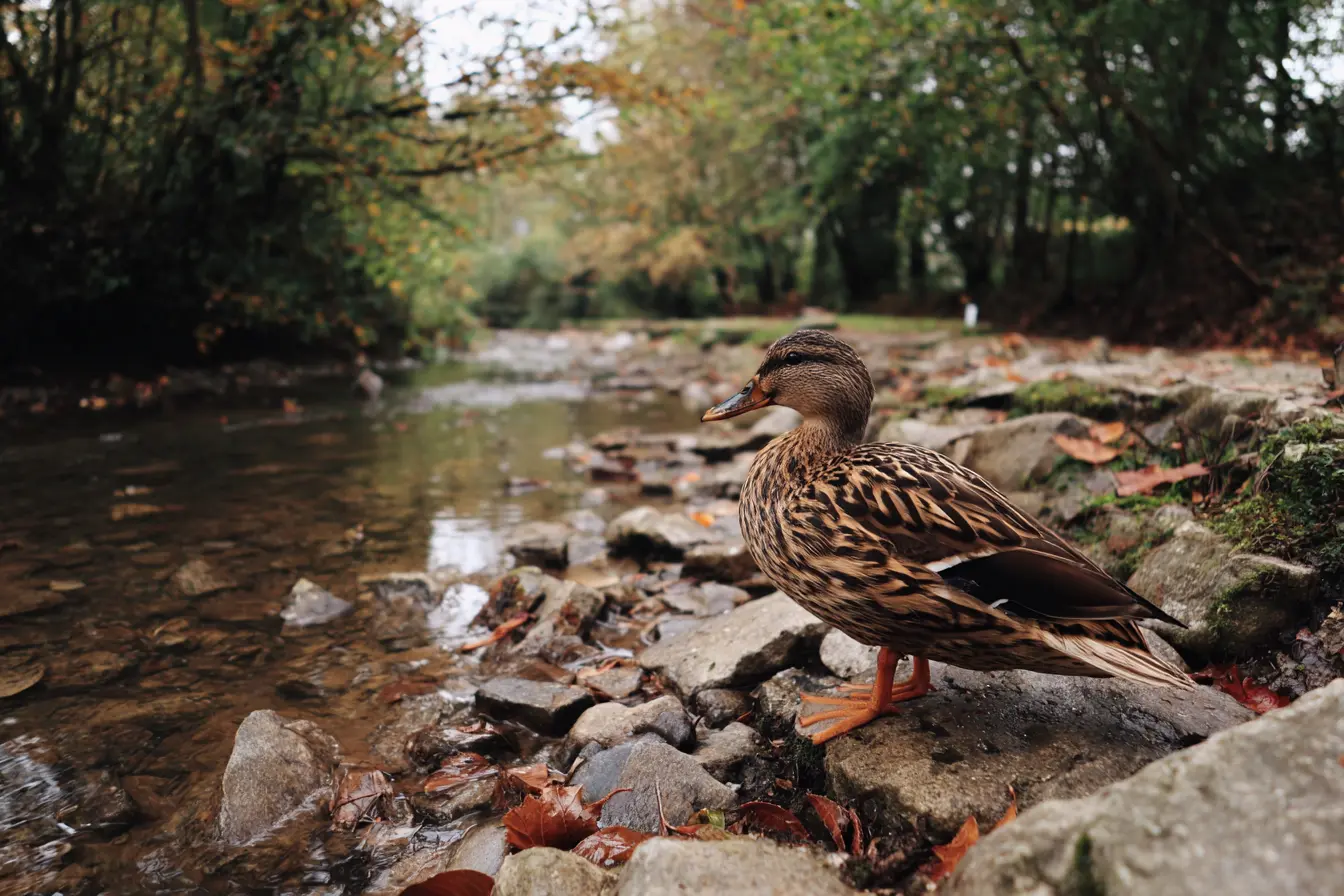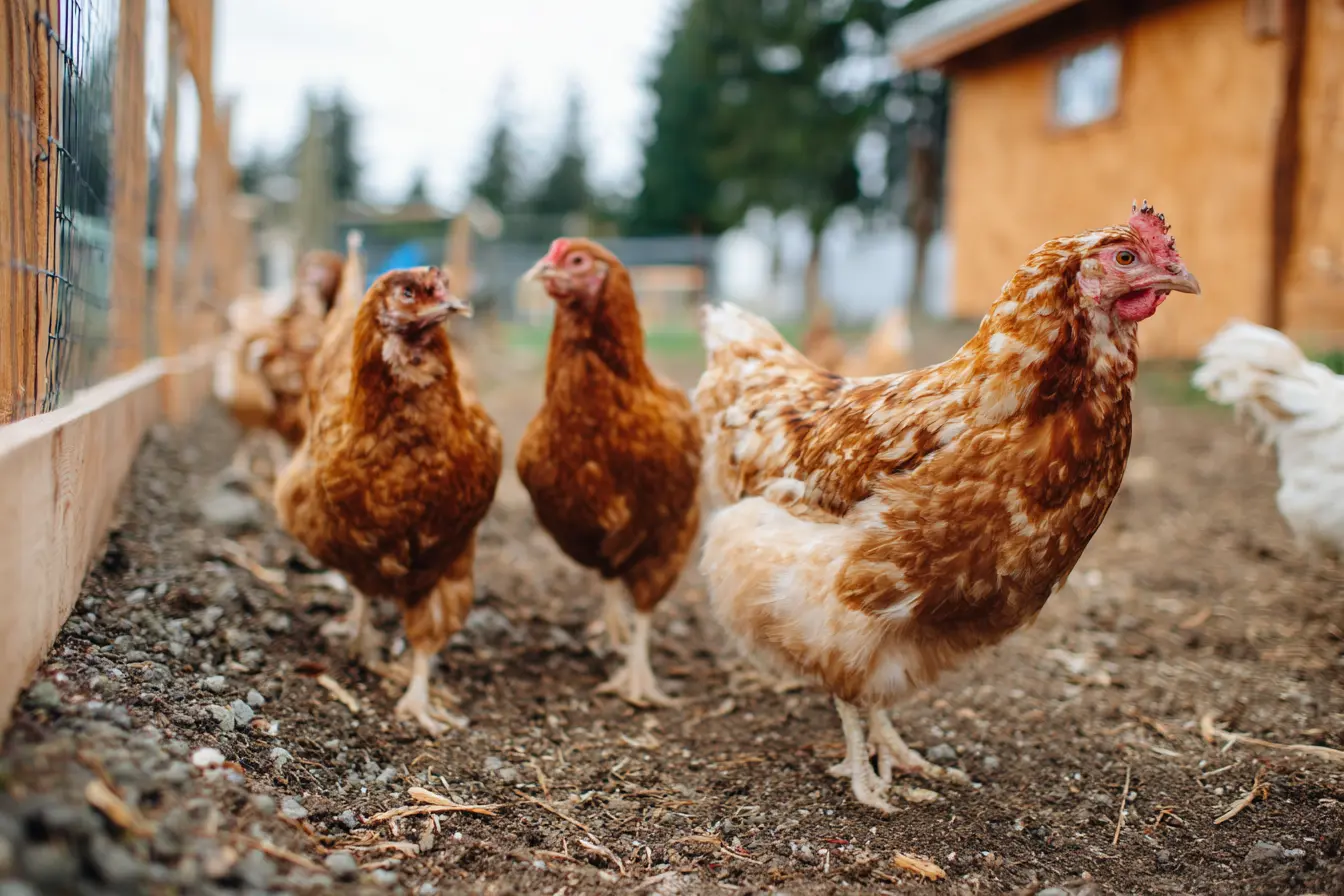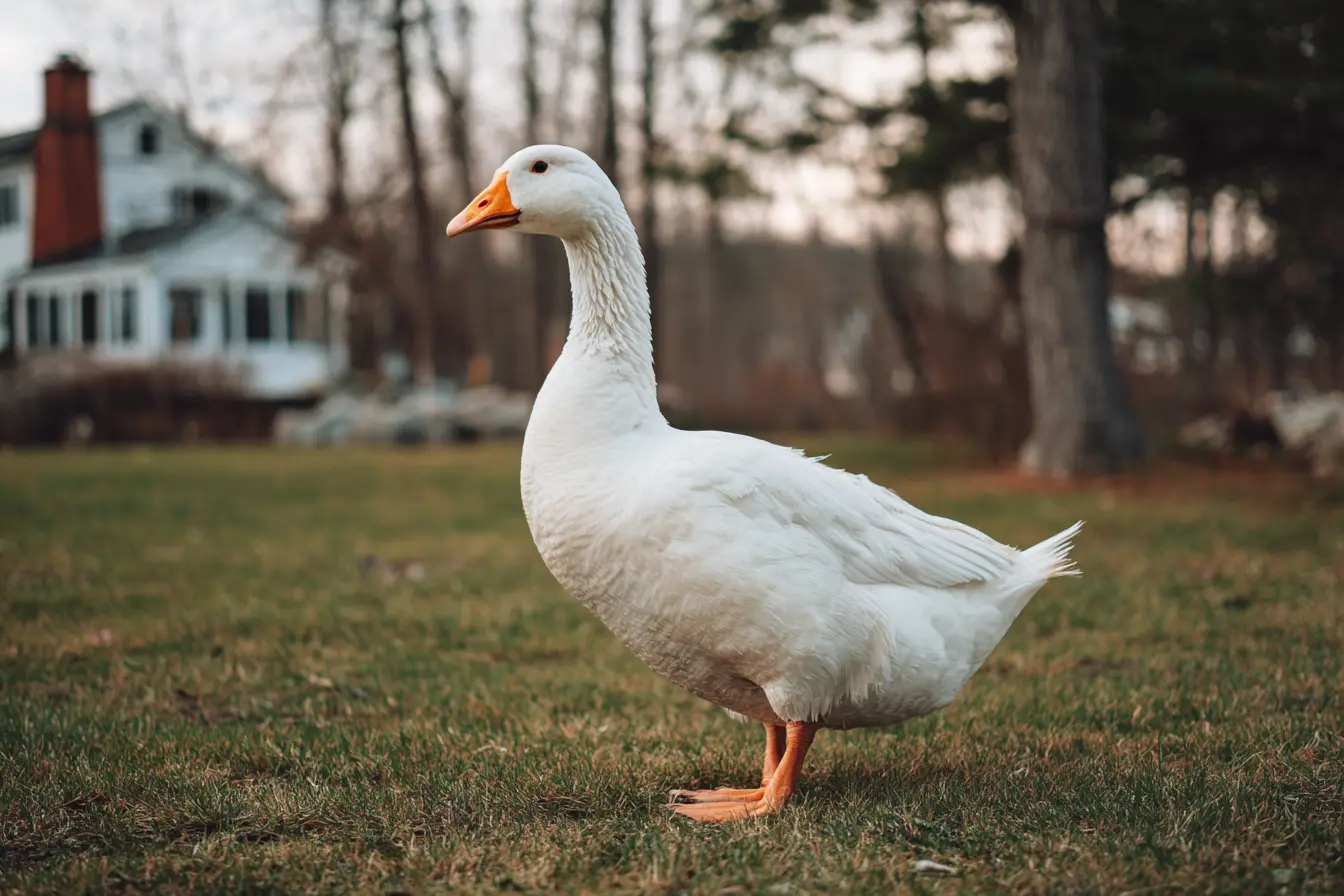
Understanding Different Types of Goose Eggs
Keeping geese is a unique and rewarding experience. Known for their strong personalities and impressive size, geese are also seasonal layers that produce large, nutrient-rich eggs. While they may lay less frequently than chickens or ducks, their eggs are prized for baking and gourmet cooking due to their size and richness.
But just like with any poultry, the eggs your geese lay can reveal a lot about their health, environment, and overall well-being. In this blog post, we’ll explore the different types of goose eggs, what they mean, and how to address common egg-related issues.
Goose Egg Basics
Geese generally lay between 20–50 eggs per year,depending on breed and age. Most geese begin laying in late winter or early spring, typically after their second year of life.
Goose eggs are:
- Large: Typically weighing between 150g–200g
- Thick-shelled: With a strong bloom (protective coating)
- White or off-white: Uniform in colour, unless otherwise affected by external conditions
Because geese are seasonal layers, any significant abnormalities in their short laying window should be promptly addressed.
Shell Texture and Shape
Shell quality is an important indicator of a goose’s nutritional intake, reproductive health, and environmental stress levels.
Common Shell Anomalies and What They Mean
Thin-Shelled or Shell-Less Eggs
Cause: Calcium or vitamin D3 deficiency, or reproductive stress.
Resolution:
- Provide free-access crushed oyster shell or limestone grit.
- Ensure access to sunlight or supplement with vitamin D3 if geese are housed indoors.
- Avoid disturbing geese during laying hours.
Rough or Bumpy Shells
Cause: Excess calcium deposits, shell gland irregularity, or ageing.
Resolution:
- Avoid over-supplementing calcium.
- Ensure fresh water and a well-balanced diet.
- Allow older geese longer rest periods between laying seasons.
Misshapen or Lopsided Eggs
Cause: Oviduct dysfunction, stress, or pressure from multiple developing eggs.
Resolution:
- Minimise stress in the environment (e.g. predators, loud noises, flock disruptions).
- Ensure spacious nesting areas.
- Allow seasonal rest after a laying cycle.
Wrinkled or Folded Shells
Cause: Possible reproductive infection, or disturbance during shell formation.
Resolution:
- Maintain hygienic nesting areas.
- Isolate and observe any goose repeatedly laying wrinkled eggs—consult a vet if signs of illness are present.
Discoloured Shells
Cause: Faecal contamination or exposure to moisture.
Resolution:
- Keep nesting areas dry and change bedding frequently.
- Encourage geese to lay in clean, sheltered nest boxes.
Size and Weight
Goose eggs are much larger than chicken or duck eggs. A noticeable change in egg size can point to a problem.
- Small eggs in a mature goose may suggest poor nutrition or illness.
- Extra-large eggs may indicate a double yolker, common in early laying.
- Tiny, yolkless eggs (aka “wind eggs”) may be laid at the start or end of the season.
Resolution Tips
- Feed a layer-specific diet rich in protein (16–18%) and calcium.
- Provide consistent daylight hours if possible (at least 12–14 hours during the laying season).
- Avoid excessive handling during laying periods.
Internal Egg Variations
Yolk Colour
-
Pale yolk: Indicates a lack of carotenoids in the diet.
Fix: Add leafy greens, maize, or marigold petals to enrich yolk colour. -
Deep orange yolk: Sign of a nutrient-rich, natural diet—ideal.
-
Blood spots: Usually caused by burst blood vessels in the oviduct.
Fix: Harmless in moderation. Reduce stress and monitor calcium intake. -
Meat spots: Bits of reproductive tissue in the egg white.
Fix: Can result from age or stress. Safe to eat but may be removed for appearance.
Albumen (Egg White) Quality
- Thick, cloudy white: Sign of freshness—normal for goose eggs.
- Watery white: Common in older eggs or older layers.
Fix: Collect eggs more frequently; ensure geese are not nutritionally depleted. - Discoloured white (green, pink, red): Possible bacterial contamination.
Fix: Discard the egg and check hygiene of nest boxes and water supply.
Double Yolkers and Oddities
Double-yolk eggs are larger than normal and contain two yolks. These are common in:
- Young geese just beginning to lay
- Over-stimulated geese due to too much protein or prolonged daylight
Resolution
- No action needed unless frequent, which may lead to egg binding or laying fatigue.
- Temporarily reduce protein-rich feed and allow rest periods between laying cycles.
Lash Eggs
Lash eggs are not true eggs but masses of tissue expelled from the reproductive tract—often a sign of salpingitis or other serious internal infection.
Fix: Isolate the goose, consult a vet, and consider treatment with antibiotics or, in severe cases, humane culling.
Freshness and Storage
Goose eggs have a naturally long shelf life due to their thick shell and bloom. However, storage practices still matter.
Float Test
- Sinks and lies flat: Fresh
- Stands upright: 1–2 weeks old—still safe
- Floats: Old or potentially rotten—discard
Storage Tips
- Store unwashed eggs in a cool, dark place (bloom intact).
- Wash only just before use if necessary.
- Keep pointed end down to preserve yolk integrity.
When to Be Concerned
Because of their short laying season, it's important to catch issues early. Be alert if:
- Egg production stops suddenly or erratically
- Eggs are frequently misshapen, soft, or smelly
- You see signs of reproductive distress: swelling, lethargy, straining
- More than one goose shows abnormal egg patterns
Checklist for Action
- Diet: Is your feed appropriate for laying geese?
- Cleanliness: Are nesting boxes dry, private, and faeces-free?
- Stress: Are geese safe from predators, noise, and disruption?
- Hydration: Are clean water sources available at all times?
- Medical: Is a vet consultation needed for persistent reproductive symptoms?
Conclusion
Although geese are not prolific egg layers, their eggs are rich, valuable, and worth understanding. Monitoring shell quality, size, internal consistency, and freshness helps ensure your geese stay healthy and productive during their brief laying season.
By paying close attention to what each egg tells you, and addressing issues promptly with the right diet, environment, and care, you’ll maximise both the quality of the eggs and the wellbeing of your flock.
Vets near you
Speciality vets
- Aquatics vet specialists
- Birds vet specialists
- Camelids vet specialists
- Cats vet specialists
- Cattle vet specialists
- Deer vet specialists
- Dogs vet specialists
- Equines vet specialists
- Exotic vet specialists
- Goats vet specialists
- Pigs vet specialists
- Poultry vet specialists
- Sheep vet specialists
- Small Mammals vet specialists
- Wild vet specialists
